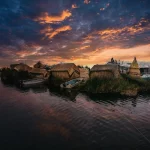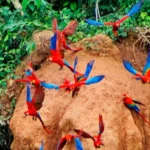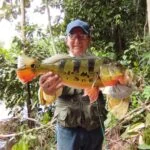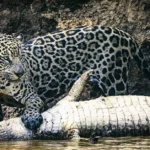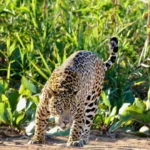
Best Activities in the Pantanal – Largest Wetland in the World

📋 Índice de Contenido
- 1 The Pantanal
- 2 Why visit the Brazilian Pantanal?
- 3 The Best Activities to Do in the Pantanal
- 4 What is the Best Time to Visit the Pantanal?
- 5 What to Bring and Tips for the Best Activities in the Pantanal?
- 6 Frequently Asked Questions about the Best Activities in the Pantanal
- 7 Tours to the Brazilian Pantanal
Explore the largest wetland in the world, full of jaguars, caimans, and thousands of exotic birds. Below, we’ll introduce you to the best activities in the Pantanal, the gigantic Brazilian ecosystem. The Pantanal offers endless nature adventures: from photo safaris to boat rides and horseback riding, all designed for all types of travelers. With clear and friendly language, we’ll tell you everything you need to know to plan your trip: what the Pantanal is, why it’s worth visiting, must-do activities, the best time to go, and useful tips.
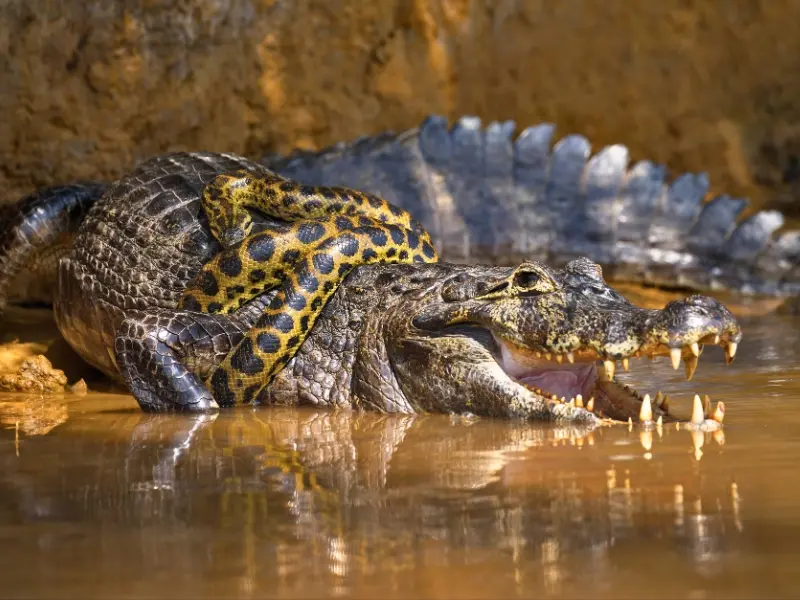
The Pantanal
The Pantanal is a huge tropical wetland located mainly in Brazil. Covering almost 20 million hectares, it is the largest wetland in the world. Its floodplains are rich in nutrients and home to a vast variety of wildlife: tapirs, jaguars, anacondas, capybaras, caimans, and more than 650 bird species.
Around 10 million caimans and dense populations of jaguars live here, making the Pantanal a true paradise for nature and photography lovers.

Why visit the Brazilian Pantanal?
Visiting the Pantanal is like entering a wild natural world. The main reason is to see wildlife in its real habitat. Here you can encounter the majestic jaguar, observe enormous caimans, and listen to the songs of thousands of colorful birds.
Boat safaris allow for close encounters with jaguars in places like the Encontro das Águas Reserve, known as the “land of the jaguars.” There are also specialized photography tours and horseback rides through savannas and lagoons. All this in an environment where nature reigns in its purest state.

The Best Activities to Do in the Pantanal
Here are the best activities in the Pantanal that connect travelers with wildlife:
- Jaguar Safari in the Pantanal: Boat safaris are done on rivers and lagoons where jaguars come to drink water, increasing the chances of spotting them. Tours are in small groups with expert guides. It is recommended to bring binoculars and cameras with a good zoom lens.
- Wildlife Photography in the Pantanal: Specialized photography tours help you capture images of jaguars, caimans, capybaras, anacondas, and exotic birds with the guidance of expert wildlife photographers.
- Birdwatching: The Pantanal is home to more than 650 bird species. Guided walks with ornithologists allow you to spot hyacinth macaws, herons, toucans, and flamingos.
- Boat Safaris (Pantanal Boat Tours): Sailing through the Pantanal rivers and lagoons lets you observe capybaras, caimans, and aquatic birds up close.
- Horseback Riding in the Pantanal: Horseback excursions take you to remote areas where vehicles cannot go. It’s a unique way to experience the landscape in an authentic way.
- Sport Fishing in the Pantanal: The Pantanal is famous for fishing species like the golden dorado, pacu, and piranhas, making it a top spot for sport fishing.
- Canoe or Kayak Tours: Paddling in a canoe or kayak offers a peaceful and intimate way to explore the Pantanal’s waterways and enjoy nature.
- Caiman Watching and Nightlife Observation: Night boat tours reveal the glowing eyes of caimans and other nocturnal wildlife, creating an unforgettable experience.
Each of these activities is part of the best activities in the Pantanal, perfect for adventure tourism and ecotourism in Brazil. We recommend booking these tours with Lorenzo Expeditions, a reliable tour operator specialized in nature safaris.
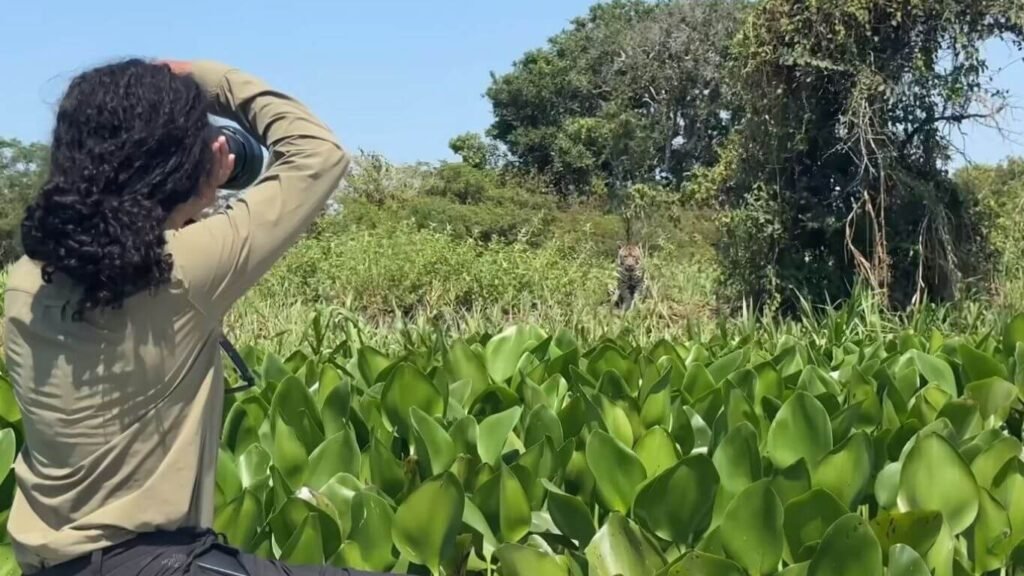
What is the Best Time to Visit the Pantanal?
The dry season (June to September) is considered the best time to visit the Pantanal. During these months, the water concentrates in rivers and lagoons, making it easier to spot jaguars, capybaras, and birds.
During the rainy season (October to April), the landscape is greener and scenic tours are possible, but there’s less wildlife visibility and some areas flood. If your main goal is wildlife watching, travel during the dry season to enjoy the best activities in the Pantanal.
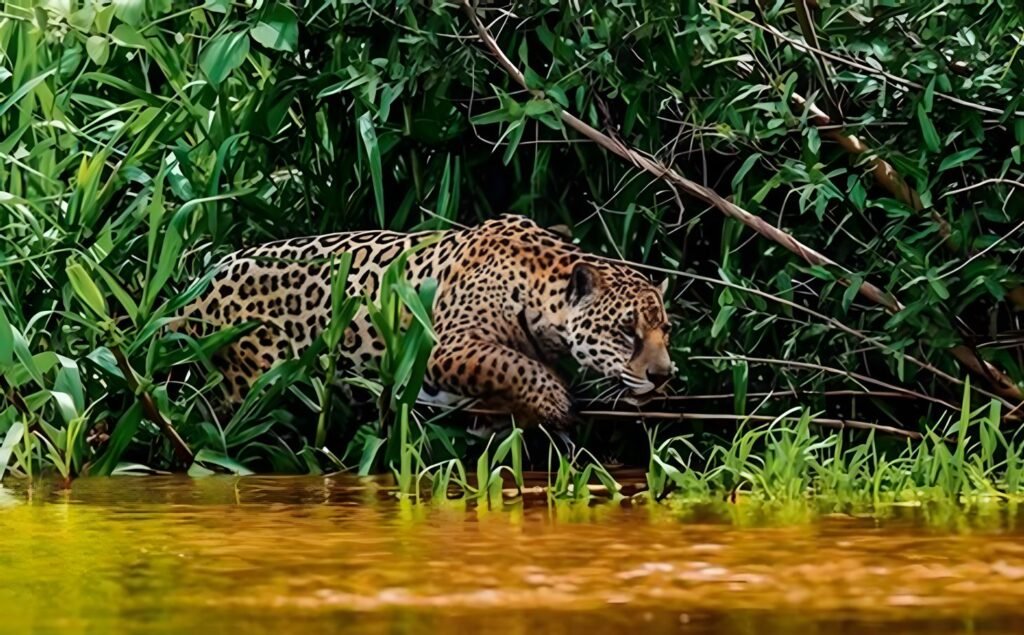
What to Bring and Tips for the Best Activities in the Pantanal?
Here are recommendations to fully enjoy the best activities in the Pantanal:
- Proper Clothing: Wear light, neutral-colored clothes, long-sleeved shirts, and thin pants. Hiking boots are essential.
- Sun and Insect Protection: Bring a hat, sunscreen, and a good DEET-based insect repellent.
- Wildlife Observation Gear: Don’t forget binoculars, a zoom camera, flashlight, and extra batteries for night safaris.
- Hydration and Energy: Bring a reusable water bottle and light snacks like energy bars or nuts.
- Health and Safety: Check your vaccines (especially yellow fever), carry a personal first aid kit, and get travel insurance.
- Respect for Nature: Follow the guide’s instructions, keep quiet, and do not feed the animals. Sustainable tourism in the Pantanal depends on our responsible behavior.
Traveling well prepared will allow you to enjoy the best activities in the Pantanal without setbacks and have an authentic experience with nature.
Frequently Asked Questions about the Best Activities in the Pantanal

1. When is the best time to see jaguars in the Pantanal?
During the dry season (May to September). During this time, the water level drops, and jaguars come closer to rivers and lagoons in search of food, which increases the chances of spotting them. This is the period when jaguars are most visible. In addition, the weather conditions make it easier to access the areas where they live.
2. Where can you see jaguars in the Pantanal?
In the Northern Pantanal, especially in the Encontro das Águas region, and also in the Southern Pantanal. These are the most prominent places to spot jaguars, as they have a high density of these big cats. Boat safaris with Lorenzo Expeditions are ideal because they allow you to explore hard-to-reach areas, and also maximize the chances of seeing these animals in their natural habitat.
3. What other species can be seen in the Pantanal?
Besides jaguars, you can see capybaras, caimans, tapirs, ocelots, harpy eagles, toucans, macaws, herons, and over 600 bird species. The Pantanal is one of the most biodiverse ecosystems in the world. Every safari is an opportunity to discover a new species, whether it’s a mammal, a bird, or a reptile, making it an ideal destination for nature lovers.
4. Is it dangerous to do these activities in the Pantanal?
No, as long as you follow the guide’s instructions. The activities in the Pantanal are designed to be safe. Expert guides ensure that tourists keep a safe distance from the animals. In addition, the guides are well-trained, which minimizes any risk during safaris or walks.
5. Do I need a guide or can I go on my own?
It is always recommended to hire an expert guide, who knows the terrain and the animals’ habits very well. A local guide not only helps you find the animals but also helps you understand their behavior and the characteristics of Pantanal wildlife better.
6. What is the best way to get to the Pantanal?
From the cities of Cuiabá or Campo Grande, where there are airports. These are the main access points to reach the Pantanal, and many tours include direct transfers from these airports to the Pantanal. Once there, the excursions are usually organized by local agencies, which ensure you have all the necessary transportation to enjoy the area.
7. Can I do these activities with children or seniors?
Yes, there are activities designed for all ages and physical conditions. However, it’s important to plan the duration of the excursions well and make sure there are enough breaks. The Pantanal offers gentler and more accessible options for people with physical limitations or for young children, ensuring that everyone can enjoy the experience without any problems.
8. What language is spoken on the tours?
The main language is Portuguese, but the guides usually speak English and Spanish. Lorenzo Expeditions offers bilingual guides, which makes communication easier and ensures that tourists fully understand the information and details about the wildlife they are observing during the safari.
9. What is the best region of the Pantanal for wildlife watching?
Both the North and South Pantanal offer great wildlife sightings. However, the Northern region, especially around Encontro das Águas, is famous for its high concentration of jaguars and other animals. The choice of region will depend on the time of year and the logistics of the trip, as some areas may be more accessible during certain seasons.
10. Is it necessary to protect myself with vaccines?
Yes, the yellow fever vaccine is recommended. Additionally, it’s also important to use insect repellent to avoid mosquito bites and to carry a personal first aid kit with basic medications.

Discover the best activities in the Pantanal, the largest wetland in the world. Go on jaguar photo safaris, boat tours, unforgettable horseback rides, and exotic birdwatching excursions.
The dry season is ideal for living a unique experience in contact with nature. The Pantanal is the perfect destination for ecotourism and wildlife photography lovers. Contact us and book your adventure in the Pantanal.
Tours to the Brazilian Pantanal
Random Posts

Train from Cusco to Machu Picchu

 Español
Español  Português
Português 
 English
English 












